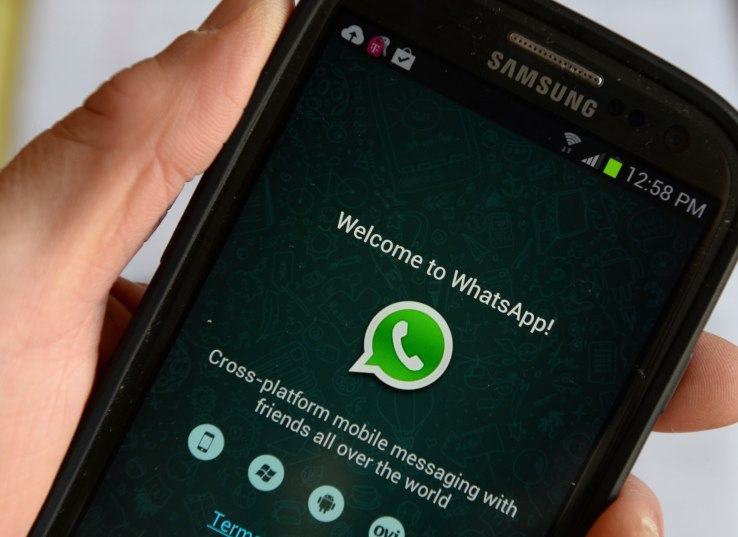Chat logs from WhatsApp linger on your phone even after you’ve deleted them, according to new research published by iOS expert Jonathan Zdziarski.
Forensic traces of chats linger on the phone even after a user archives or deletes them, Zdziarski found, and could be accessed by someone with physical access to the device or by law enforcement issuing a warrant to Apple for iCloud backups. Although the data is deleted from the app, it is not overwritten in the SQLite library and therefore remains on the phone.
Forensic traces of chats linger on the phone even after a user archives or deletes them, Zdziarski found, and could be accessed by someone with physical access to the device or by law enforcement issuing a warrant to Apple for iCloud backups. Although the data is deleted from the app, it is not overwritten in the SQLite library and therefore remains on the phone.



